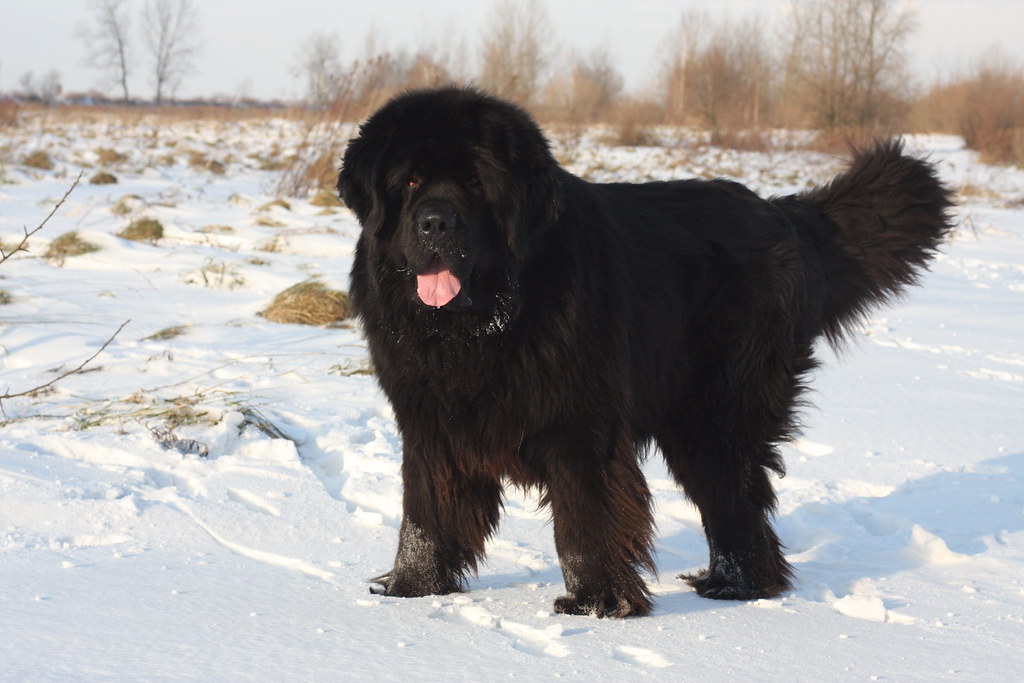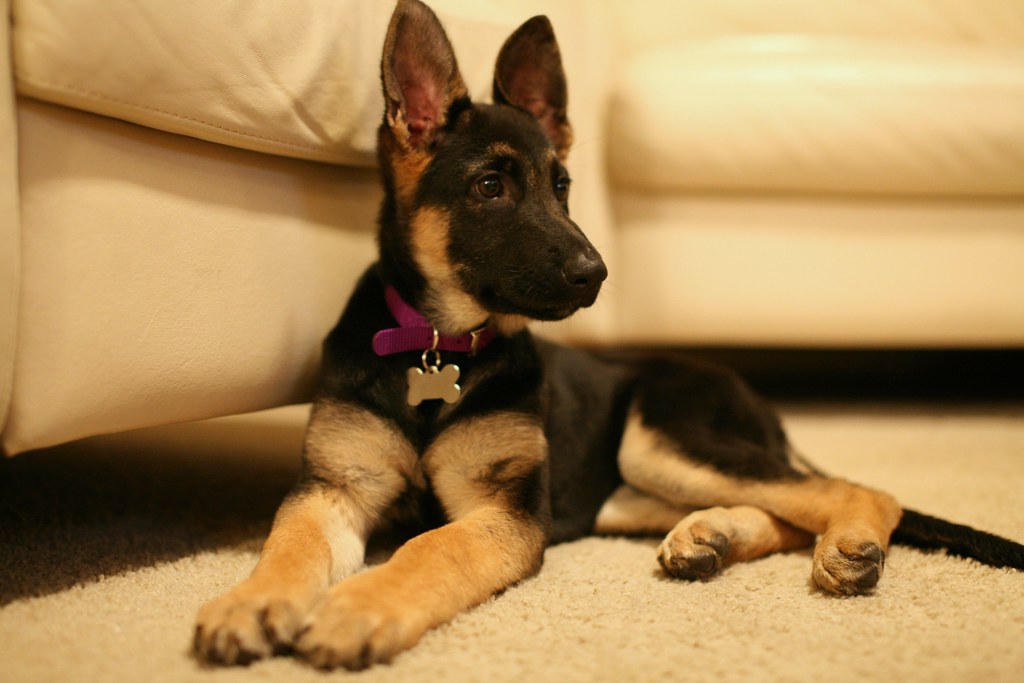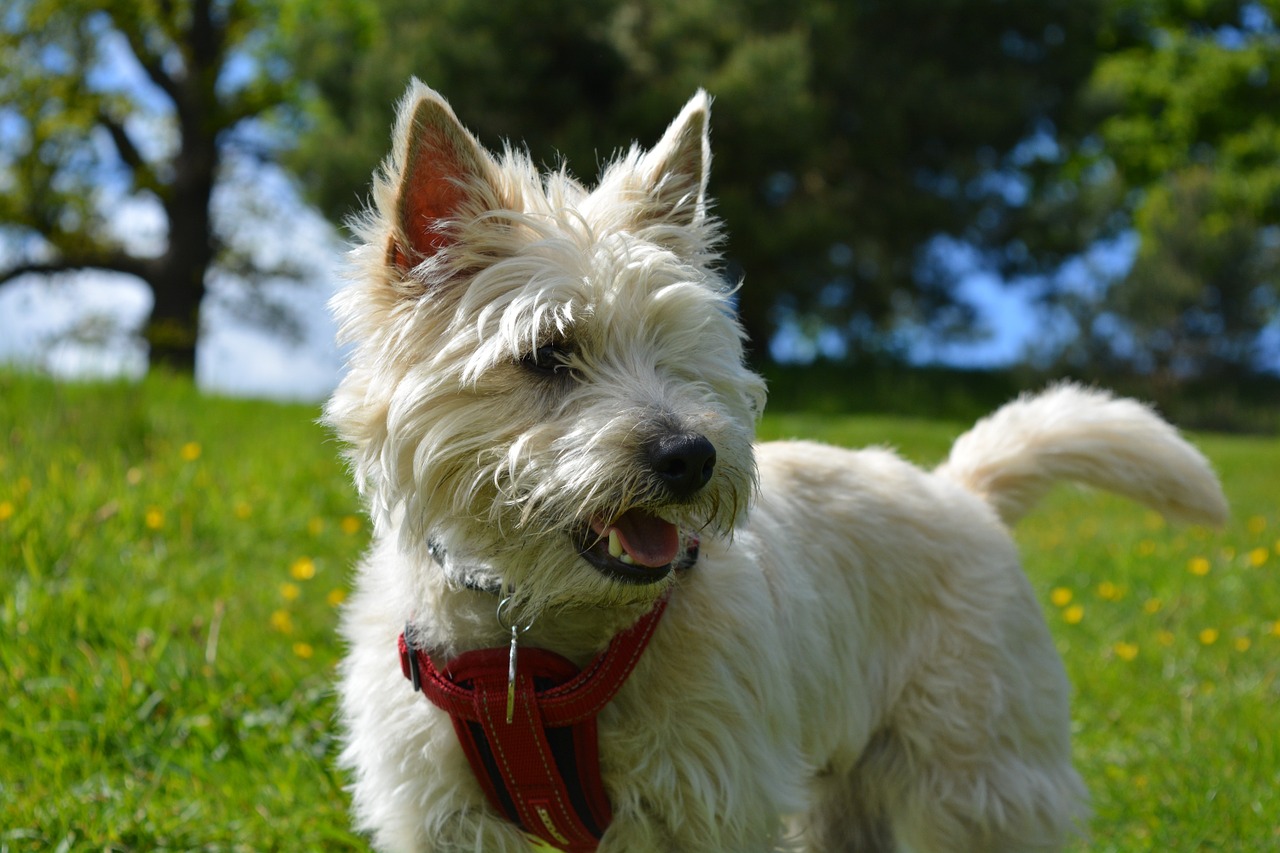If you know dogs, you know not only do they range in size from Chihuahua to Great Dane, but their coats also vary. They vary in length, consistency, type, and more. We will go through a few of these today.
And, if your dog is not purebred, you may be in for a surprise of what types of fur you're going to find!
Different Types of Coats
Specific types of coats require different levels of grooming. Essentially, there are five basic coat types which include the following:
Dog Coat Type 1: Smooth Coat

Smooth coats require the least amount of grooming, but the dog's fur coat still requires proper care. Her fur lies close to her body, like a Dachshund, which means the dog should still be bathed regularly and brushed at least once per week to remove any ‘dead’ hair.
Dog Coat Type 2: Double Coat

Dogs with a double coat, such as a Newfoundland, have a soft undercoat (similar to that fluffy down fur) that provides insulation. The top coat isn’t soft, and instead repels water, and prevents dirt from getting into the undercoat as much as possible. Dogs with both long and short hair can possess a double coat and require more grooming than those with a smooth coat.
Dog Coat Type 3: Long Coat

Longer fur, such as the fur on German Shepherds, requires brushing on a daily basis. This is particularly important during shedding season. Long coats aren’t restricted to ‘soft’ or wiry. Long coats may also be coarse or silky depending on the breed.
Dog Coat Type 4: Wire Coat

Wire coats are often associated with terriers, but other dogs like the Irish Wolfhound possesses a wire coat. Unfortunately, wire coats are prone to tangles. This means they require a special type of grooming routine.
Dog Coat Type 5: Curly Coat

Curly-coated dogs, like Poodles or Bichon Frises, have thick, soft curls that remain close to their body. These curls can easily become tangled so it’s critical you maintain them or they could turn into horribly matted fur.
